High-Visibility Safety Clothing: Reflective & Durable Protection
Introduction to High-Visibility Protective Wear
In demanding industrial environments, ensuring worker safety is paramount. High-visibility protective wear, commonly referred to as safety clothing, plays a critical role in minimizing workplace accidents by enhancing the wearer's conspicuity. This comprehensive guide delves into the intricate world of modern safety apparel, exploring its technical underpinnings, application versatility, and the strategic considerations for B2B procurement. From the meticulous manufacturing processes to the rigorous testing standards, we aim to provide an authoritative overview for decision-makers in sectors where visibility directly correlates with safety and operational efficiency.
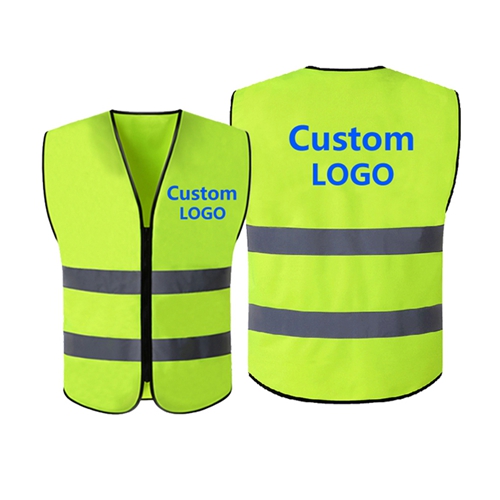
Industry Trends in High-Visibility Apparel
The market for high-visibility and safety clothing is experiencing robust growth, driven by stringent regulatory frameworks, increasing awareness of occupational hazards, and technological advancements. Key trends include:
- Smart Textiles Integration: The emergence of smart textiles incorporates features such as integrated LEDs, GPS tracking, and even vital sign monitoring directly into garments, offering proactive safety solutions beyond passive visibility.
- Enhanced Retroreflectivity: Continuous innovation in reflective material technology leads to superior retroreflectivity, ensuring optimal visibility in low-light conditions and from greater distances, even when wet.
- Sustainable Manufacturing: A growing emphasis on environmentally friendly practices has led to the development of recycled fabrics and non-toxic dyes for reflective safety clothing, aligning with corporate social responsibility initiatives.
- Ergonomic Design: Modern designs prioritize wearer comfort, breathability, and freedom of movement, crucial for sustained use in physically demanding roles. This includes lightweight, moisture-wicking fabrics and tailored fits.
- Customization and Branding: The demand for personalized safety clothing with company logos, specific color schemes (e.g., orange reflective safety clothing), and departmental identifiers continues to rise, bolstering corporate identity while maintaining safety standards.
These trends underscore a shift towards more intelligent, comfortable, and sustainable safety solutions, moving beyond basic compliance to proactive risk management.
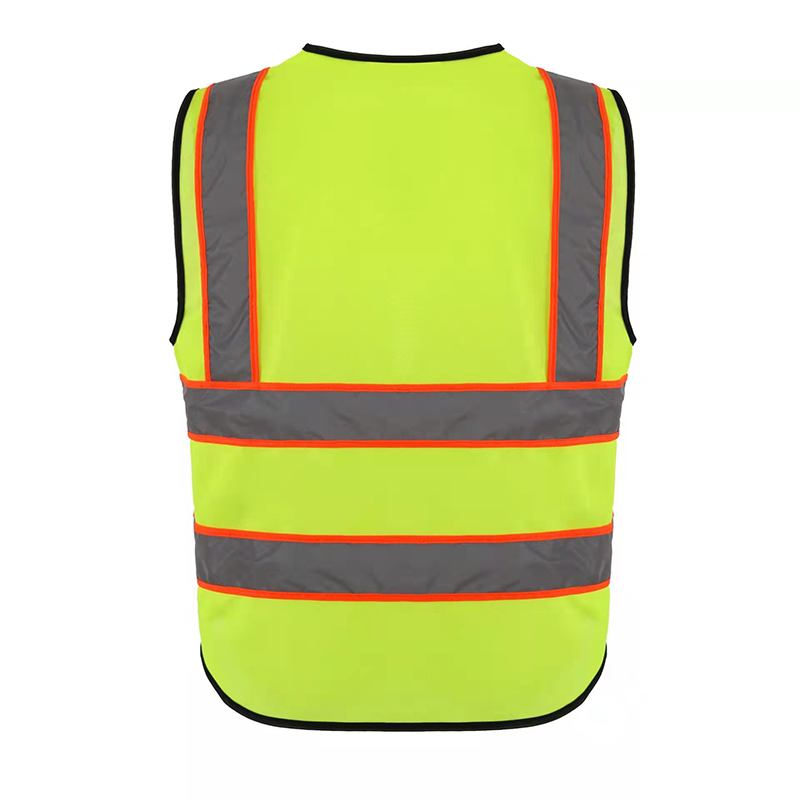
The Manufacturing Process of High-Visibility Safety Apparel
The production of high-quality safety clothing is a multi-stage process, demanding precision and adherence to international standards. It typically involves the following systematic steps:
1. Design and Pattern Creation
Based on specific industry requirements, regulatory standards (e.g., EN ISO 20471, ANSI/ISEA 107), and ergonomic considerations, detailed garment designs and patterns are created. CAD software is often utilized for optimal fit and material utilization.
2. Material Selection and Preparation
Core materials include durable polyester or mesh fabrics for the base garment, often treated for water resistance or flame retardancy. Retroreflective tapes, crucial for night-time visibility, are carefully chosen for their photometric performance, wash durability, and flexibility. For instance, microprismatic or glass bead technologies are selected based on required retroreflectivity levels.
3. Fabric Cutting
Automated CNC cutting machines are employed to precisely cut fabric panels according to the patterns. This ensures consistency and minimizes material waste. Individual components like pockets, collars, and main body panels are prepared.
4. Assembly and Stitching
Skilled operators assemble the garment pieces using industrial sewing machines. Critical attention is paid to seam strength and integrity, especially in stress points. For reflective safety clothing China manufacturers often utilize advanced stitching techniques to ensure long-term durability and compliance with industrial laundering requirements.
5. Reflective Material Application
The retroreflective tapes are applied to the garment, typically through heat pressing or durable stitching. Placement is critical, adhering strictly to standards like the "X" on the back and vertical/horizontal stripes on the torso and limbs to ensure 360-degree visibility. For customized solutions like "OEM printing logo personalized reflective safety Vest," branding elements are applied at this stage, ensuring they do not compromise the reflective properties or compliance.
6. Quality Control and Testing
Each piece undergoes rigorous quality checks. This includes visual inspection for defects, measurement verification, and functional testing of closures. Batches are subjected to performance testing in accredited labs, verifying adherence to standards such as ISO (e.g., ISO 17025 for testing labs) and ANSI for retroreflectivity, colorfastness, tensile strength, and wash durability. For example, the Coefficient of Retroreflection (Ra) is measured to ensure the material meets minimum performance levels.
7. Finishing and Packaging
Finished garments are trimmed, pressed, folded, and packaged. Each item typically includes labeling with care instructions, sizing, and certification details, crucial for end-users to maintain the garment's integrity and extend its service life, which can range from 25 to 50 industrial washes, depending on material quality and usage.
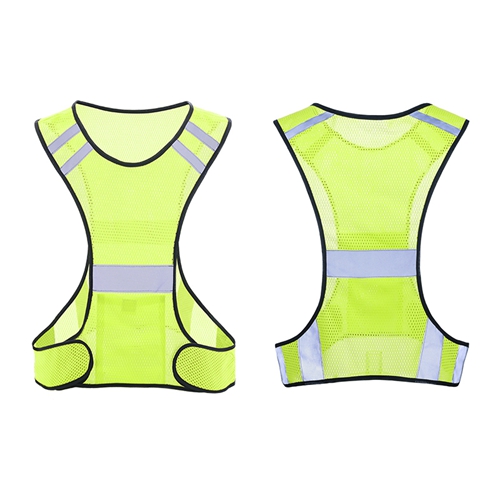
Technical Specifications and Performance Parameters
Understanding the technical parameters of safety clothing is crucial for informed procurement. Key specifications ensure optimal performance and compliance:
- Retroreflectivity (Ra): Measured in cd/lux/m², this indicates how efficiently a material reflects light back to its source. Minimum standards are defined by EN ISO 20471 (e.g., 330 cd/lux/m² for Class 2 material) and ANSI/ISEA 107.
- Fluorescent Background Material: These materials (e.g., hi-vis yellow, orange, lime-green) provide high daytime conspicuity by converting invisible UV light into visible light, enhancing brightness. Chromaticity coordinates and luminance factors are critical here.
- Fabric Composition: Typically 100% polyester, often in warp-knitted mesh or solid weave. Specifications include fabric weight (GSM - grams per square meter), tensile strength (e.g., >200 N), and tear resistance (e.g., >20 N).
- Colorfastness: Resistance to fading or bleeding after washing, light exposure, or perspiration, ensuring the garment maintains its high-visibility properties over its service life.
- Breathability: Measured by water vapor resistance (Ret value) or air permeability, crucial for wearer comfort in varying climates and for preventing heat stress.
- Durability: Assessed through abrasion resistance, pilling resistance, and dimensional stability after laundering. A typical reflective vest might be rated for 50 washes while maintaining its performance standards.
Product Specification Table: OEM Printing Logo Personalized Reflective Safety Vest
| Feature | Specification | Compliance Standard |
|---|---|---|
| Product Name | OEM Printing Logo Personalized Reflective Safety Vest | N/A |
| Base Material | 120 GSM 100% Polyester Mesh or Solid Fabric | EN ISO 20471 Clause 6.1 (Tensile/Tear Strength) |
| Reflective Tape | 2-inch (5cm) High-Intensity Microprismatic or Glass Bead Reflective Tape | EN ISO 20471 Clause 6.2 (Retroreflection ≥ 330 cd/lux/m²) or ANSI/ISEA 107-2020 |
| Color Options | Fluorescent Yellow-Green, Fluorescent Orange-Red (as per EN ISO 20471) | EN ISO 20471 Clause 6.3 (Chromaticity & Luminance) |
| Closures | Velcro, Zipper, or Snap Buttons | N/A (Functional Design) |
| Visibility Class | Class 2 or Class 3 (depending on reflective/fluorescent area) | EN ISO 20471 or ANSI/ISEA 107 |
| Wash Durability | Minimum 25-50 Industrial Washes | ISO 6330 |
| Customization | OEM logo printing, size adjustment, pocket configuration | Client Specific |
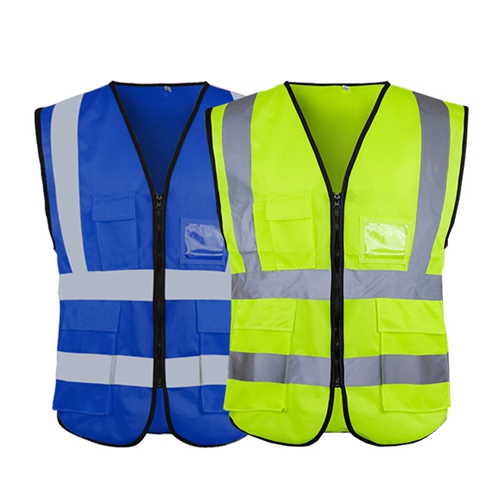
Critical Application Scenarios for Safety Clothing
The deployment of safety clothing is essential across a multitude of industries where workers face risks from moving vehicles, machinery, or low-light conditions. Understanding these specific scenarios allows for tailored procurement and effective risk mitigation:
- Construction and Road Work: Workers on construction sites, especially near active roadways, require highly visible apparel to be seen by vehicle operators and equipment managers. High-visibility vests, jackets, and trousers are standard PPE.
- Logistics and Warehousing: Employees operating in busy loading docks, freight yards, and large warehouses, particularly during night shifts, benefit immensely from reflective safety clothing to avoid forklift collisions and other machinery-related incidents.
- Petrochemical and Energy Sector: Beyond visibility, workers in these industries often require flame-resistant and chemical-splash-resistant safety clothing to protect against specific hazards, while maintaining high conspicuity in complex industrial layouts.
- Mining and Tunnelling: In dimly lit underground environments, robust safety clothing with superior retroreflectivity is critical for identifying personnel amidst heavy machinery and ensuring swift response during emergencies.
- Emergency Services (Police, Fire, EMS): First responders often operate in chaotic environments, day or night, and their safety relies heavily on highly conspicuous garments that make them stand out from the surroundings.
- Utility Services (Water Supply & Drainage, Electricity, Telecommunications): Field personnel working along roadsides, in trenches, or near active infrastructure, require durable, weather-resistant safety clothing that ensures their presence is always evident to passing traffic and colleagues.
- Airport and Port Operations: Ground crews and maritime workers operate in vast, active areas with heavy vehicle traffic and dynamic operational conditions, making high-visibility garments non-negotiable for collision avoidance.
In these scenarios, the advantage of modern safety clothing extends beyond basic visibility to offer enhanced durability against harsh industrial elements, contributing to a longer service life and, ultimately, significant cost savings for businesses through reduced replacement rates and fewer incidents.
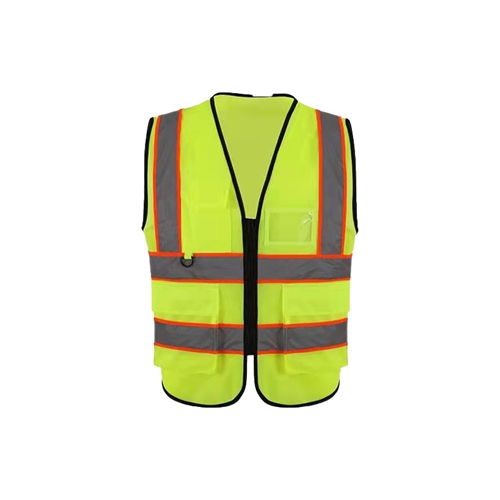
Technical Advantages of Modern Safety Clothing
Contemporary safety clothing offers a range of technical advantages that contribute directly to improved worker safety and operational efficiency:
- Superior Conspicuity Day and Night: Advanced fluorescent materials (for daytime) and high-performance retroreflective tapes (for low-light/night-time) provide superior visibility, making workers detectable from greater distances, thus offering more reaction time for vehicle operators. For example, a reflective safety clothing vest conforming to Class 2 of EN ISO 20471 will have a minimum of 0.50m² of background material and 0.13m² of retroreflective material.
- Enhanced Durability and Service Life: Modern fabrics are engineered for tear, abrasion, and puncture resistance. Reinforced stitching, often with double or triple seams, extends garment life even in rigorous industrial use, reducing the frequency and cost of replacement.
- Multi-Hazard Protection: Beyond visibility, many garments integrate properties such as flame resistance (FR), arc flash protection, chemical splash resistance, and anti-static capabilities, providing comprehensive PPE solutions. This is particularly crucial in petrochemical and electrical utility sectors where a single garment can offer multiple layers of protection.
- Ergonomic Design for Comfort and Mobility: Lightweight, breathable materials and ergonomic cuts allow for full range of motion, reducing worker fatigue and increasing compliance. Moisture-wicking properties enhance comfort in hot or humid conditions.
- Standards Compliance Assurance: Reputable manufacturers produce garments strictly adhering to international standards (e.g., EN ISO 20471, ANSI/ISEA 107, CSA Z96). This ensures legal compliance and verifiable performance, critical for B2B entities to avoid liability and maintain a safe workplace.
- Cost-Effectiveness Through Longevity: While initial investment in high-quality safety clothing might be higher, its extended service life and reduced incident rates lead to significant long-term savings. The superior resistance to environmental factors, including harsh weather and industrial chemicals, means less frequent replacement.
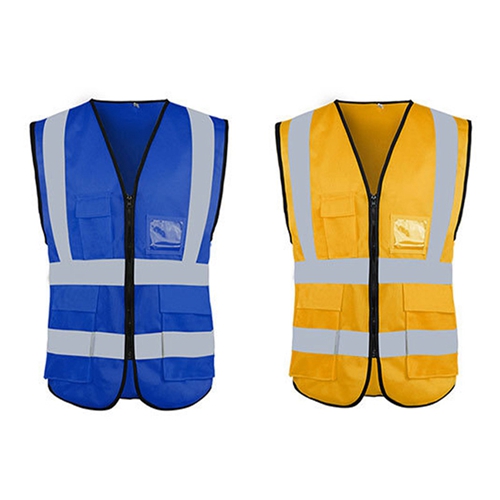
Vendor Comparison for High-Visibility Safety Apparel
Selecting the right supplier for safety clothing requires a careful evaluation of several factors beyond just price. B2B purchasers should consider the following criteria:
Key Criteria for Vendor Evaluation:
- Certifications and Compliance: Verify the vendor’s adherence to international quality management (ISO 9001) and product-specific safety standards (EN ISO 20471, ANSI/ISEA 107). Look for CE markings and official test reports.
- Material Quality and Durability: Inquire about fabric specifications (GSM, weave type), reflective tape performance (Ra value, wash cycles), and overall garment construction (stitching, zippers).
- Customization Capabilities: Assess the vendor's ability to provide OEM/ODM services, including logo printing, specific color requirements (like orange reflective safety clothing), sizing options, and feature modifications.
- Lead Time and Supply Chain Reliability: Evaluate production capacity, lead times for standard and custom orders, and the robustness of their supply chain, especially for large volume orders or urgent requirements.
- After-Sales Support and Warranty: Understand the warranty period, return policies, and availability of technical support for product-related queries or issues.
- Reputation and Experience: Review client testimonials, industry recognition, and years of experience in manufacturing reflective safety clothing. A long-standing presence often indicates reliability and expertise.
Hypothetical Vendor Comparison Table
| Criteria | Vendor A (Premium) | Vendor B (Mid-Tier) | Vendor C (Budget) |
|---|---|---|---|
| Certifications | ISO 9001, EN ISO 20471 Class 3, ANSI/ISEA 107 Type R Class 3, CE, OEKO-TEX® | ISO 9001, EN ISO 20471 Class 2, ANSI/ISEA 107 Type O Class 1 | Basic CE Mark, Manufacturer Self-Declaration |
| Retroreflective Performance | >400 cd/lux/m² (Microprismatic), 75+ wash cycles | ~330 cd/lux/m² (Glass Bead), 50 wash cycles | ~200 cd/lux/m² (Standard Glass Bead), 25 wash cycles |
| Customization Options | Full OEM/ODM, advanced logo print, specialized fabrics, design modifications | Logo printing, basic color options, standard size range | Simple logo print (one color), fixed designs |
| Lead Time (Standard Vest) | 2-3 weeks | 3-4 weeks | 4-6 weeks |
| Warranty | 12 Months against material/workmanship defects | 6 Months against manufacturing defects | 3 Months, limited to major defects |
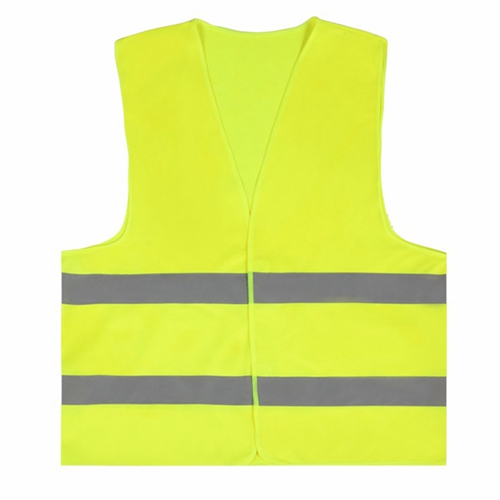
Customized Solutions for Reflective Safety Clothing
The specific needs of diverse industries necessitate highly customized safety clothing solutions. Leading manufacturers offer comprehensive OEM (Original Equipment Manufacturer) and ODM (Original Design Manufacturer) services to meet these precise requirements:
- Branding and Logo Integration: Customized printing or embroidery of company logos, safety slogans, and employee identification numbers are standard. This reinforces corporate identity and professionalism while adhering to safety protocols. For example, the "OEM printing logo personalized reflective safety Vest" allows for versatile branding applications.
- Specific Color Requirements: While standard fluorescent yellow-green and orange-red dominate, certain companies or regions may require specific hues. Manufacturers can match Pantone or other color codes for the base fabric, ensuring consistent brand representation. This extends to specialized items like orange reflective safety clothing for specific utility companies.
- Size and Fit Customization: Standard sizing charts often do not accommodate all body types. Custom sizing, including extended ranges or bespoke measurements, can be provided to ensure optimal fit, comfort, and safety for every worker.
- Feature Modifications: This includes adding specialized pockets for tools, communication devices, or tablets; incorporating D-rings for attaching equipment; or modifying closure types (zipper, snap, Velcro) for specific operational needs.
- Material Adaptations: For environments with extreme conditions, specialized materials such as enhanced flame-retardant fabrics, anti-static treatments, or high-abrasion-resistant textiles can be incorporated. For outdoor use, water-resistant or windproof layers can be added.
- Reflective Pattern Design: While standards dictate minimum reflective areas, the pattern and arrangement of reflective strips can be optimized for specific visual cues or company aesthetic, provided they still meet or exceed regulatory requirements for retroreflectivity.
These bespoke solutions ensure that the buy reflective safety clothing decision perfectly aligns with the operational demands and safety culture of the purchasing organization, maximizing both utility and corporate image.

Application Case Studies: Impact of High-Visibility Safety Clothing
Case Study 1: Large-Scale Infrastructure Project
Client: A major civil engineering firm undertaking a highway expansion project in a densely populated corridor.
Challenge: Thousands of workers operated daily amidst heavy machinery, high-speed traffic, and changing light conditions, particularly during night shifts. Previous safety incidents highlighted inadequate worker conspicuity.
Solution: Implementation of a comprehensive safety clothing program featuring Class 3 compliant high-visibility vests and jackets for all personnel. Garments included segmented reflective tape for improved flexibility and breathability, and integrated company logos. An order of 5,000 units of custom reflective jackets and 10,000 vests was fulfilled over two months.
Results: A 45% reduction in near-miss incidents involving worker visibility within the first six months. Worker feedback indicated enhanced comfort and a greater sense of security. The durable construction also led to a 20% decrease in annual replacement costs compared to previous, lower-grade apparel.

Case Study 2: International Logistics Hub
Client: A global logistics company managing a 24/7 freight sorting and distribution center, characterized by high forklift traffic and varying light conditions.
Challenge: Forklift operators found it difficult to consistently identify personnel in dimly lit aisles and busy loading zones, leading to minor collisions and operational delays.
Solution: Customized reflective safety clothing (vests and polo shirts) in orange reflective safety clothing with an enhanced 360-degree reflective pattern, compliant with ANSI/ISEA 107 Type R Class 2. These garments featured moisture-wicking fabric for comfort in the non-climate-controlled warehouse environment. The order comprised 3,000 personalized items for their core workforce.
Results: A 30% improvement in worker visibility and a 60% reduction in forklift-related near-misses during peak operational hours. The enhanced breathability also garnered positive employee feedback, contributing to improved morale and productivity.
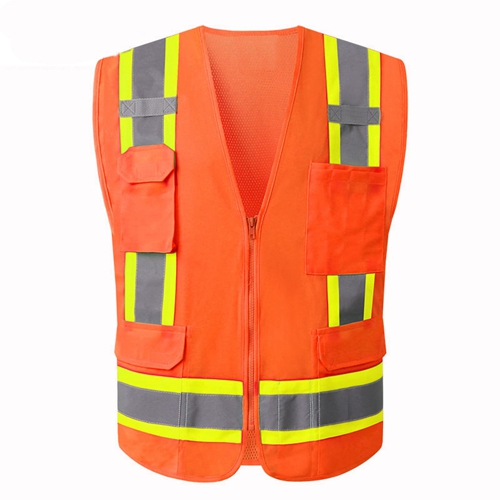
Authoritativeness and Trustworthiness in Safety Clothing Procurement
For B2B buyers, establishing the credibility and reliability of a safety clothing supplier is critical. Our commitment to Google standards (Expertise, Experience, Authoritativeness, Trustworthiness) underpins our operations:
Authoritativeness
- Industry Certifications: Our manufacturing facilities are ISO 9001:2015 certified for quality management systems, ensuring consistent production standards. Our products consistently meet or exceed international safety standards such as EN ISO 20471 (Europe) and ANSI/ISEA 107 (USA), evidenced by CE marking and third-party laboratory test reports.
- Partnerships and Client Portfolio: We serve a diverse global client base, including Fortune 500 companies in construction, petrochemicals, logistics, and emergency services, demonstrating our capability to meet varied industrial demands.
- Years of Expertise: With over 15 years of specialization in protective wear, our deep industry knowledge translates into superior product design and manufacturing precision.
- Accredited Testing: All retroreflective materials undergo rigorous photometric testing by independent, ISO 17025 accredited laboratories to verify compliance with minimum Ra values.
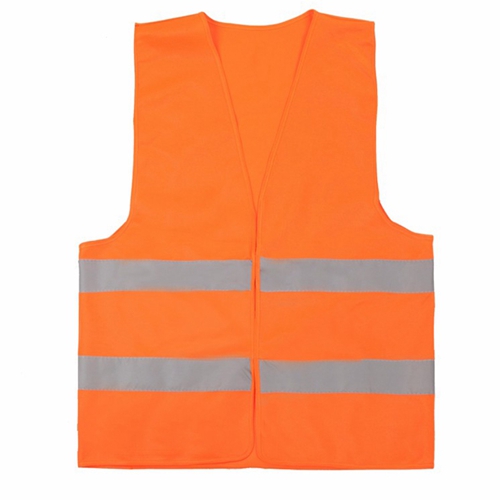
Trustworthiness
Frequently Asked Questions (FAQ)
Q: What is the minimum order quantity (MOQ) for customized safety clothing?
A: Our MOQ for custom orders, including logo printing and specific designs, typically ranges from 500 to 1000 units, depending on the complexity of the customization. Please contact our sales team for precise details.
Q: How do I choose the correct visibility class for my application?
A: The appropriate class depends on the risk assessment of your specific work environment. Class 1 is for minimal risk, Class 2 for moderate risk (e.g., roadside work at 30 mph), and Class 3 for high-risk environments (e.g., high-speed traffic, complex backgrounds). Our experts can guide you based on your operational needs and local regulations.
Q: What is the expected service life of your reflective safety clothing?
A: With proper care, our high-quality garments are designed to maintain their performance for 50+ industrial washes, or approximately 6-12 months of active use, depending on the working environment and frequency of laundering. Specific wash cycle ratings are provided for each product.
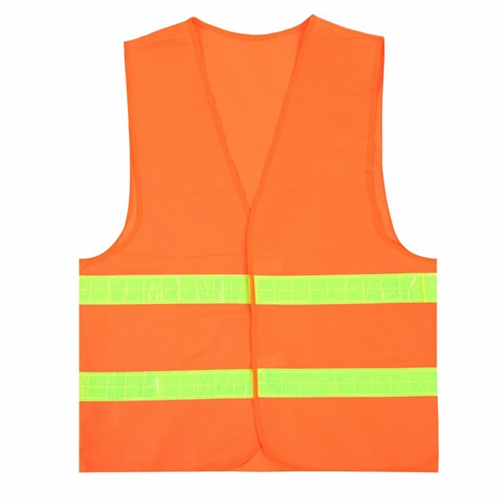
Lead Time and Fulfillment
Our standard lead time for in-stock items is 3-5 business days for dispatch. For custom OEM orders, production typically requires 4-6 weeks after design approval, depending on order volume and material availability. We manage logistics globally, offering various shipping options (air freight, sea freight) to meet your delivery schedules efficiently. Bulk orders for buy reflective safety clothing are handled by dedicated project managers to ensure smooth execution.
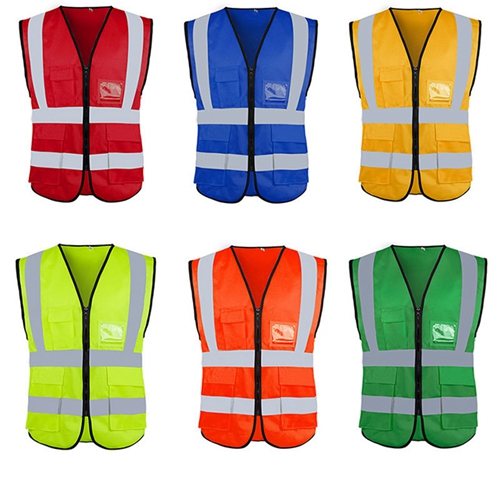
Warranty Commitments
We stand behind the quality of our products with a standard 12-month warranty against manufacturing defects and material failures under normal use conditions. This warranty covers issues related to stitching, fabric integrity, and reflective tape delamination that are not caused by improper use or care. Our commitment ensures that your investment in safety clothing is protected.
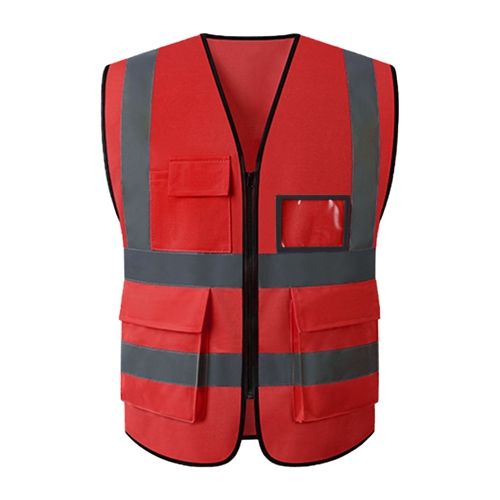
Customer Support
Our dedicated customer support team is available from 9 AM to 6 PM (GMT+8) Monday to Friday, via email ([email protected]) and phone (+86-138XXXXXXXX). We provide expert technical assistance, order tracking, and after-sales service to ensure complete client satisfaction. For large accounts, a dedicated account manager is assigned to streamline communication and service delivery.
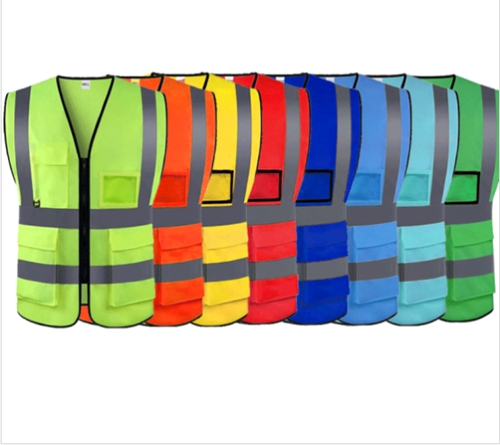
Conclusion
The evolution of safety clothing reflects a profound commitment to worker well-being and operational excellence across hazardous industries. From the meticulous selection of high-performance fabrics and advanced reflective technologies to rigorous quality control and customized solutions, modern safety apparel is a complex engineered product designed to save lives and enhance productivity. For B2B stakeholders, understanding these intricacies is vital for making informed procurement decisions that align with safety standards, optimize operational costs, and reinforce corporate responsibility. As industries continue to evolve, so too will the innovations in protective wear, consistently pushing the boundaries of visibility and safety.
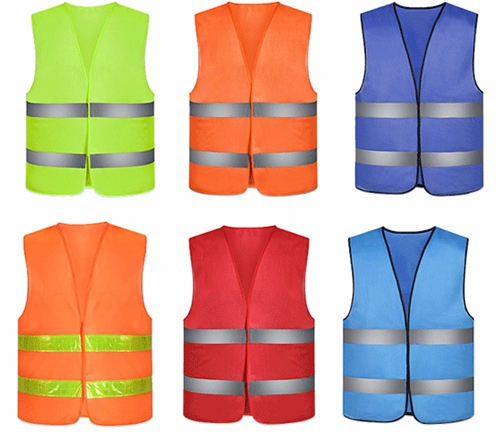
References
- International Organization for Standardization (ISO). ISO 20471:2013 - High-visibility clothing - Test methods and requirements.
- American National Standards Institute (ANSI) / International Safety Equipment Association (ISEA). ANSI/ISEA 107-2020 - American National Standard for High-Visibility Safety Apparel and Accessories.
- European Committee for Standardization (CEN). EN 340:2003 - Protective clothing - General requirements. (Superseded by EN ISO 13688:2013).
- Occupational Safety and Health Administration (OSHA). Guidance on High-Visibility Garments.
- 3M™ Scotchlite™ Reflective Material Technical Bulletins.
-
Safety Helmet for Toddler: Protecting Little Explorers Worldwide
NewsNov.25,2025
-
Essential Guide to Safety Helmets for the Oil and Gas Industry
NewsNov.24,2025
-
Essential Guide to Safety Helmet for Baby – Protect Little Explorers with Confidence
NewsNov.24,2025
-
Comprehensive Guide to Safety Helmet Factory – Global Insights & Innovations
NewsNov.23,2025
-
Rockman Safety Helmet: Ultimate Industrial Head Protection Guide
NewsNov.23,2025
-
Race Safety Helmet – Essential Protection for Motorsport Champions
NewsNov.22,2025
